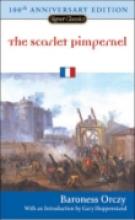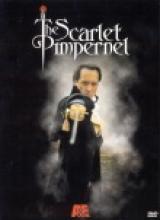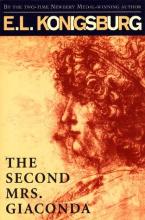No name
The Sacrament of Confirmation for Confirmation Candidates
The Salamander Room
The Saving Name of God the Son
The Teaching the Language of the Faith Series presents read-aloud books that foster reflective interaction between the child listener and the adult reader. Thoughtful religious art is chosen to interrelate with words pertinent to faith understanding. Each aspect extends the meaning of the other. As children gain a familiarity with words and images relevant to Christian truth, they are prepared to enter more fully and more personally into the beauty and mystery of the Christian faith.An "Art and Text References" segment in back includes references to the Bible and the Catechism of the Catholic Church for each painting. These would be great for further discussion and family study. Kudos to Bethlehem Books for recognizing the great capacity of very young children for beauty and mystery! Note: Bethlehem Books has a free PDF page of suggestions for how to use this book with your child.
The Scarlet and the Black
156 min, Color - now available on VHS and DVD
The Scarlet Pimpernel
The Scarlet Pimpernel (BBC/A&E Series)
approx. 300 min., Color
The Scrambled States of America
The games involves two decks of cards - a state deck and a "scramble" deck. Players bring states "home" by following instructions on the "scramble" deck. These instructions involve things like: the state's color, letters or words found in the nickname, states that border that state and how many syllables in the capital. There are two levels of play. For younger children, anyone with a state matching the instructions on the "scramble" deck gets to bring that state "home." Older children can play a fast-paced version in which the first one to find a qualifying state gets to bring it "home."
The illustrations are a little "goofy" (each state is drawn with a face on it), but we found that our four children capable of playing (in our case, ages 5 1/2 through 12) enjoyed the game very much at their appropriate levels. I think the children practice valuable skills - searching for states on their maps, identifying attributes and learning about syllables (to name just a few).
You know it's a good game when children and adults both enjoy playing it!!!
Copyrights 2002-2005
For 2 to 4 players, ages 8 and up.
Two card decks with a simple 8 1/2 x 11 paper map for each player
The Seashell on the Mountaintop
The Second Mrs. Gianconda
The Second Mrs. Giaconda is a fascinating book about a young thief who becomes apprenticed to Leonardo da Vinci. This work of historical fiction is set in the latter half of the fifteenth century. The plot revolves around three characters- the famous artist, Leonardo, his apprentice, Salai, and the Duchess Beatrice d'Este. The novel is written from Salai's viewpoint, and we get a good feel for Leonardo's character. We see that Leonardo is shy, and yet brilliant. We see how Leonardo is so unreliable, particularly when he is distracted by his work. Leonardo was commissioned to paint a mural on the refectory wall of a local monastary in Milan. Unfortunately, he took so long with his masterpiece, that the monks began complaining about the loss of their dining hall! Leonardo is fascinated by everything around him. He studies plants, rivers, mountains, rocks and trees. He builds war engines, and studies flying machines. It is interesting to see the rivalry between Michelangelo and Leonardo, and how their lives intersect. The title, The Second Mrs. Gianconda, is a reference to the Mona Lisa, Leonardo's most famous work. The author uses this novel to weave the story behind the painting of the Mona Lisa. The back pages of the novel have black and white reproductions of some of the paintings of Leonardo da Vinci.
We used The Second Mrs. Gianconda as a read-aloud for our entire family. The novel was part of our Renaissance studies. This book was a good beginning to the study of the Renaissance artists. The book was entertaining, and informative. We would recommend it highly as a read-aloud, or for children ages ten and above.
Two references are disturbing in this book. One, the duke of Milan is involved, in two instances, with another woman. No mention of a sexual relationship is made, but it is still a problematic area for Catholic readers. And, secondly, on page 121, there is a reference to Isabella 'breeding dwarfs' for servants at her court. Though some texts contend that Leonardo had a homosexual affair with Salai, this novel makes no mention of that, or of any homosexual tendencies in Leonardo.










